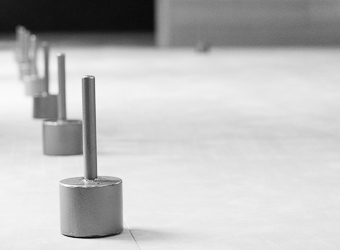Our Practice
Tohei Sensei developed the various disciplines we practice to make the experience of oneness of mind and body accessible for everyone. While every practice method leads to this experience, every method covers different aspects and areas of application. When you visit a dojo you will notice that our training is not cleanly divided into those disciplines, but rather we practice a mix that makes for a well-rounded experience in any given class – depending on what that class is aiming for. Generally, you will see that most dojo divide their training into Ki-classes and Ki-Aikido-classes. In Ki-class, we usually practice Ki-Meditation, Ki-Breathing, Ki-Exercises and Ki-Testing, and also Kiatsu or Sokushin no Gyo. In Ki-Aikido-class, we may start off with a few minutes of Ki-Breathing, and we also may do some Ki-Exercises to get slowly into movement, but the bulk of the class will be the partner training of Ki-Aikido, which may also include training with a wooden sword (bokken) or staff (jo). Often the dojo’s schedule will have a Ki-class first followed by a Ki-Aikido-class, so your training that evening gives you a well-rounded and balanced experience for mind and body.
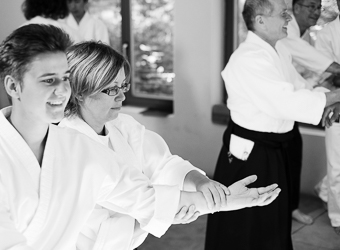
Shinshin Toitsu Aikido – Aikido in oneness of mind and body
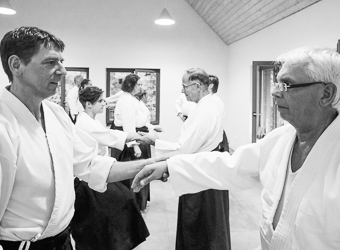
Ki-Exercises and Ki-Testing
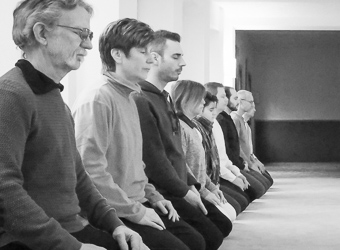
Ki-Meditation
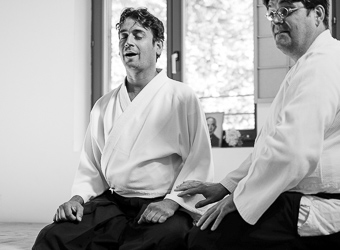
Ki-Breathing
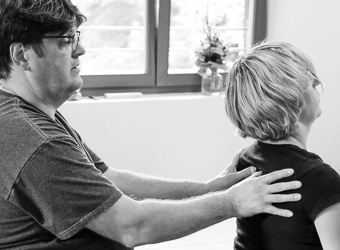
Kiatsu
